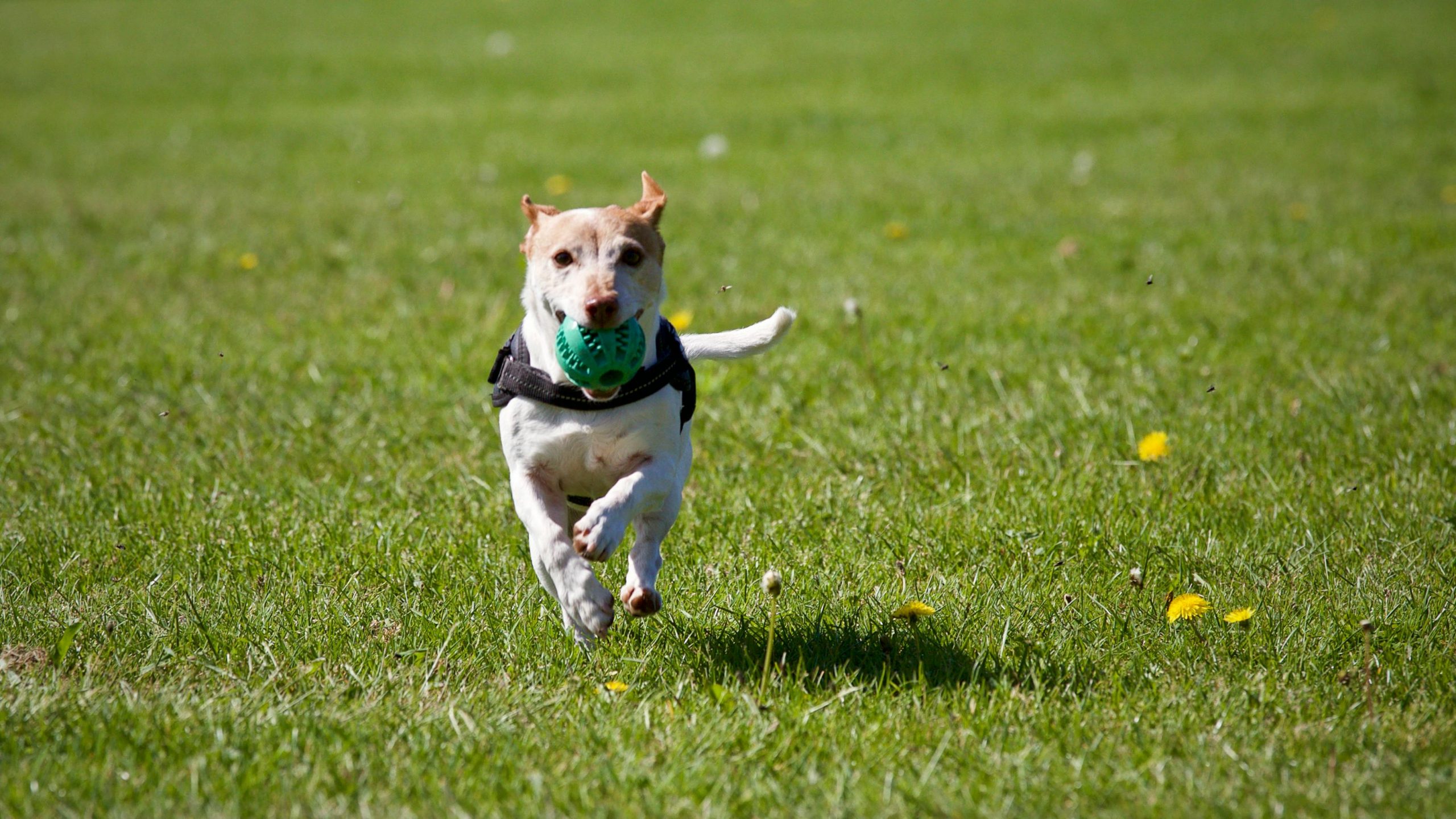Dog mating, also known as breeding, is a natural process that allows dogs to reproduce and produce offspring. The success rate of dog mating depends on several factors, including the timing of mating, the health and fertility of the dogs involved, and the mating techniques used. In this article, we will explore the factors that influence the success rate of dog mating and provide insights into the breeding process.

1. Factors Influencing Mating Success
The success rate of dog mating can be influenced by various factors. Here are some key points to consider:
- Timing: The timing of mating is crucial for successful reproduction. Female dogs have a specific window of fertility, known as the estrus or heat period, during which they are receptive to mating. This period typically occurs every six to twelve months and lasts for about two to three weeks. Mating outside of this window is unlikely to result in a successful pregnancy.
- Health and Fertility: Both the male and female dogs should be in good health and have normal fertility for successful mating. Any underlying health issues, reproductive disorders, or infertility problems can reduce the chances of successful mating. Regular veterinary check-ups and pre-breeding examinations can help identify and address any health or fertility issues.
- Mating Techniques: The mating techniques used can also impact the success rate. Natural mating, where the male and female dogs mate naturally, is the most common method. However, artificial insemination (AI) can be an alternative option in cases where natural mating is not possible or to enhance breeding outcomes. AI involves collecting semen from the male dog and injecting it into the female’s reproductive tract.
- Breed Compatibility: Breeding dogs of compatible breeds or similar sizes can increase the success rate of mating. Mating dogs of different sizes or breeds with significant differences in physical structure may pose challenges during mating. In such cases, assistance from a veterinarian or experienced breeder may be required to ensure successful mating.
- Experience and Behavior: The experience and behavior of the dogs involved in mating can also influence the success rate. Inexperienced dogs or those with behavioral issues may encounter difficulties during mating. It is important to ensure that the dogs have a comfortable and stress-free environment during mating to maximize the chances of success.

2. The Mating Process
The mating process involves several steps and behaviors that contribute to successful reproduction. Here are the key points to understand about the mating process:
- Signs of Estrus: Female dogs display physical and behavioral changes when they are in heat. These signs may include a swollen vulva, a bloody discharge, increased urination, and behavioral changes such as increased friendliness and receptivity to male dogs.
- Male Attraction: Male dogs are attracted to females in heat due to pheromones released by the female’s reproductive system. They may exhibit increased interest, sniffing, and attempts to mount the female.
- The Mounting and Locking Phase: During mating, the male mounts the female from behind and attempts to achieve intromission, which is the insertion of the penis into the female’s vagina. Once intromission occurs, a phenomenon called “locking” happens, where the male’s penis swells and remains inside the female for a period of time, ensuring the deposition of semen into the female’s reproductive tract.
- Ejaculation and Fertilization: The male ejaculates semen inside the female’s reproductive tract, which contains sperm. The sperm then travel through the female’s reproductive system, reaching the fallopian tubes where fertilization of the eggs takes place. Successful fertilization leads to the development of embryos and eventual pregnancy.
- Pregnancy Confirmation: Pregnancy can be confirmed through various methods, including ultrasound examination, hormone testing, and veterinary evaluation. It is essential to consult with a veterinarian to confirm pregnancy and ensure appropriate care for the pregnant female dog.

3. Breeding Challenges and Solutions
Despite the natural instincts and behaviors involved in mating, there can be challenges that affect the success rate. Here are some common challenges and potential solutions:
- Infertility: Infertility can be a major challenge in dog mating. It can be caused by various factors such as reproductive disorders, hormonal imbalances, infections, or genetic issues. Consulting with a veterinarian and conducting fertility tests can help identify the cause of infertility and explore potential solutions.
- Mismatched Sizes or Breeds: Mating dogs of significantly different sizes or breeds can pose challenges during mating. In such cases, techniques like artificial insemination or assisted mating under the supervision of a veterinarian or experienced breeder may be necessary to ensure successful mating.
- Uncooperative Behavior: Some dogs may exhibit uncooperative behavior during mating, which can hinder the success rate. Patience, training, and creating a calm and comfortable environment can help alleviate such behavior and increase the chances of successful mating.
- Health Issues: Pre-existing health issues in either the male or female dog can reduce the chances of successful mating. It is important to ensure that both dogs are in good health by conducting regular veterinary check-ups and addressing any health concerns before attempting to mate.
- Timing Challenges: Timing plays a crucial role in the success of mating. Identifying the precise window of fertility in the female dog and coordinating the mating process accordingly can increase the chances of successful reproduction. Monitoring the female’s estrus cycle and seeking professional advice can help overcome timing challenges.

Conclusion
The success rate of dog mating depends on various factors such as timing, health and fertility of the dogs, mating techniques, breed compatibility, and the behavior of the dogs involved. Understanding the mating process and addressing any challenges or issues that may arise can increase the chances of successful reproduction. It is crucial to consult with a veterinarian or experienced breeder for guidance and support throughout the breeding process. Remember to prioritize the health and well-being of the dogs involved and approach breeding responsibly.

Leave a Reply